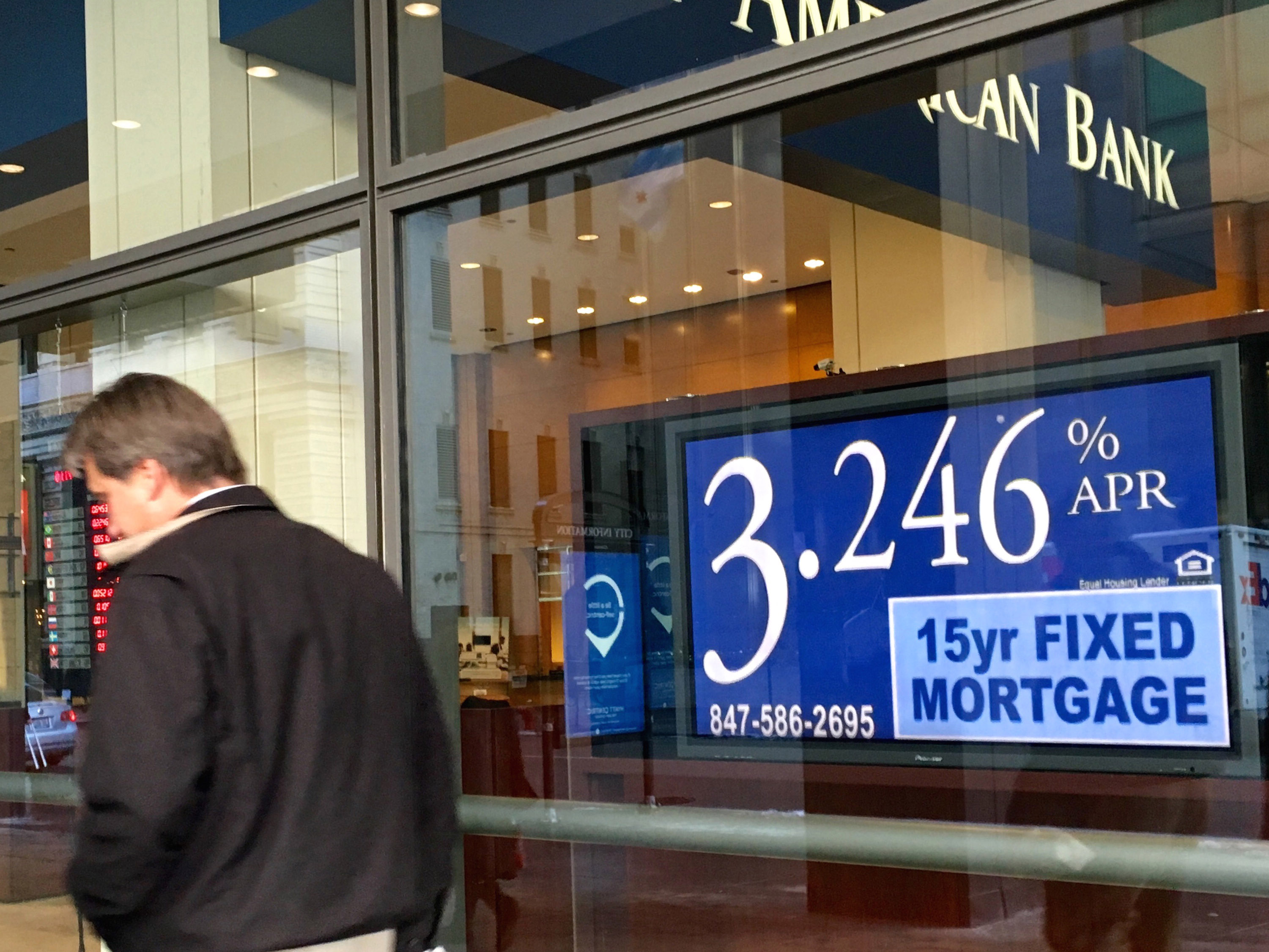By Xiumei Dong
Mortgage applications jumped last week, a trade group reported Wednesday, as consumers rushed to refinance their homes before interest rates move higher.
For the week ending Jan. 8, total applications increased 21.3 percent from the previous week on a seasonally adjusted basis, according to the Mortgage Bankers Association survey, reaching the second highest level since May 2010.
The latest week’s upturn was amplified in part because holiday downtime softened mortgage activity, the MBA noted.
“The good news is that following the holidays, application activity last week resumed at levels just exceeding those observed during early December, suggesting that the purchase market has picked up right where it left off,” Lynn Fisher, MBA vice president of research and economics, said in an email.
Applications for refinancing existing home loans increased 24 percent, while mortgage applications to purchase a home added 18 percent from the previous week. Fisher said purchase activity was particularly strong in the fourth quarter of 2015, compared to the year-ago quarter. The Federal Reserve has kept interest rates extremely low ever since the U.S. economy went into a tailspin in 2008.
30-Year Fixed Rate Mortgage Since 2008
[field name=”mortgagechart”]
“Since we have experienced historically low interest rates for several years, many homeowners have already refinanced their higher-rate loans,” Fisher noted.
Those who haven’t locked in the low rates appear to be moving now, the MBA data suggests. With the economy’s recovery, the U.S. central bank has raised interest rates by a quarter percentage point and pledged a gradual pace of future increases.
Last week, the average interest rate on 30-year fixed-rate mortgages on conforming loans declined to 4.12 percent from 4.20 percent, which was the highest since mid-July.
That decline doesn’t mean the recent rise in mortgage rates is done. “Weekly change are not very informative, (because) it doesn’t tell you about the general trend,” said Charles Nathanson, assistant professor of finance at the Kellogg School of Management at Northwestern University.
From a historical perspective, experts point out, mortgages remain ultra-cheap. “Anything under 5 percent is phenomenal,” said Nick Parisi, senior vice president for the mortgage division at Standard Bank and Trust. He noted the recent increase of Fed’s rate pushes people to take the loans promptly.
“Rates are good, housing price is stable, and more people are going back to work,” said Parisi.


